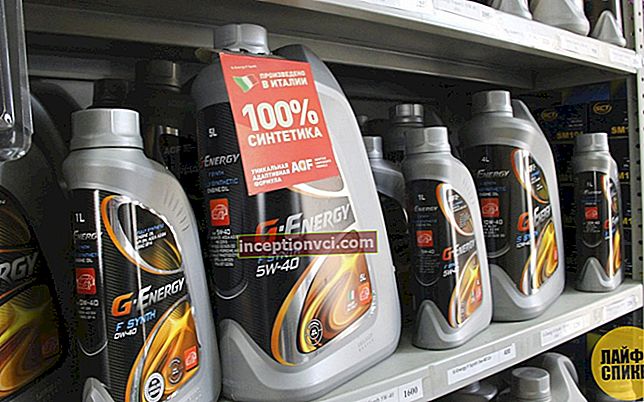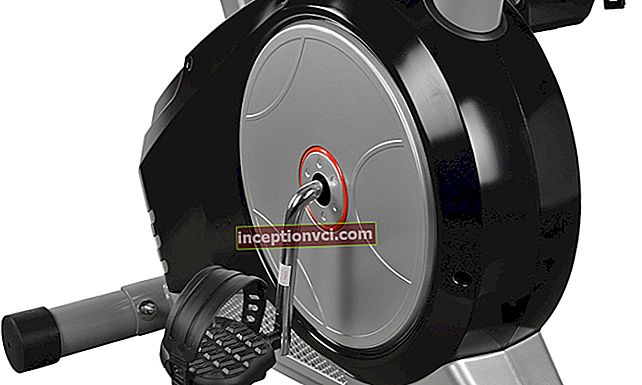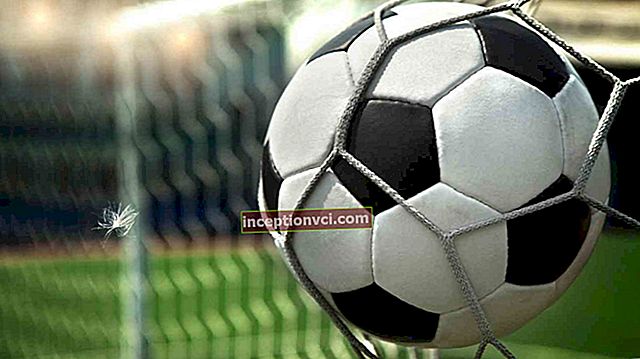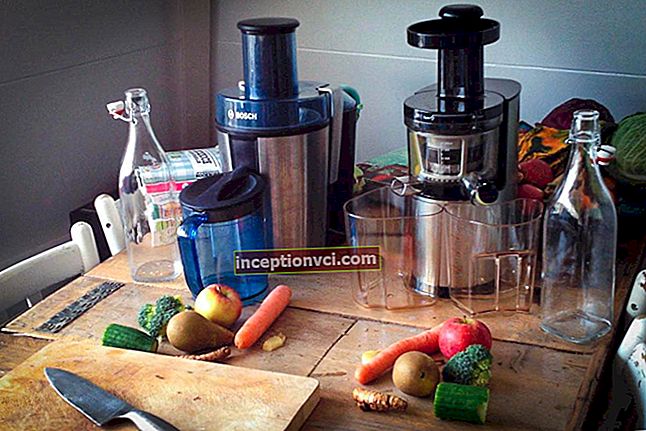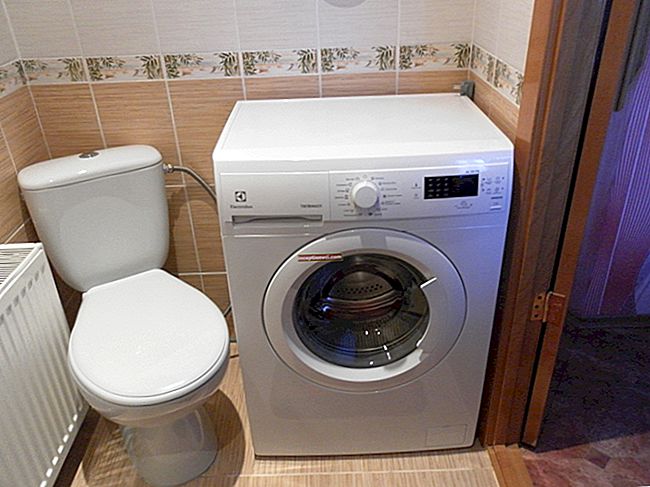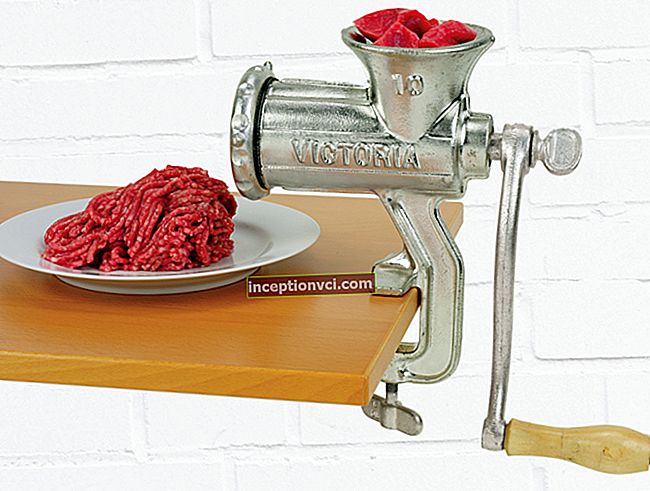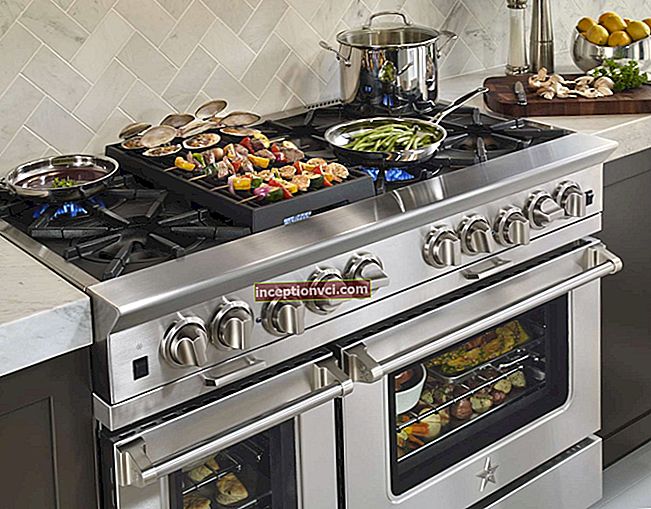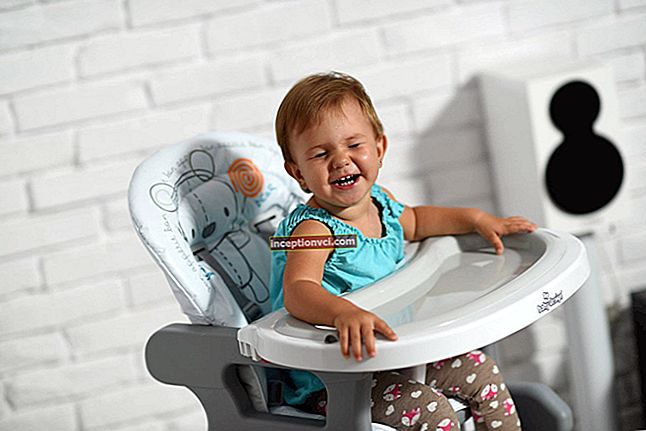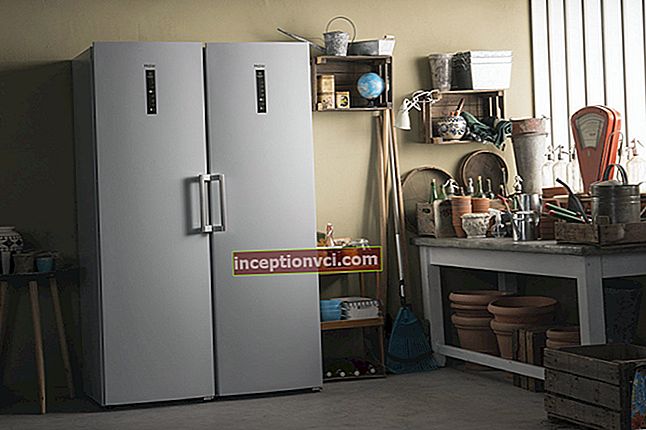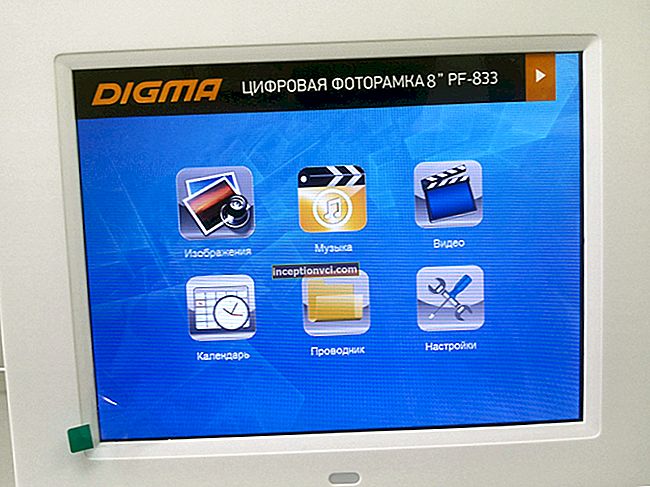Cleaning the air rifle.
If for firearms, both rifled and smooth-bore, the process of cleaning the barrels is quite well developed and there are many general recommendations, then the cleaning of pneumatic weapons has some peculiarities. Basically, this process depends on the type of weapon - compression, spring-piston, with a pre-charge system (Pre-Charge Pneumatics), on rifles, type of rifling and barrel material.

Cleaning is the removal of debris and lead residues that inevitably accumulate during the operation of the weapon. Lead bullets leave marks on the inner surfaces of the barrel, and lead dust, which was formed during their manufacture, flies from them. And in pneumatics something is constantly blowing, pumping considerable volumes of air along the barrel. In terms of the content of any dirt, they are incomparable with gunpowder charges, however, shooting from pneumatics is carried out more often than from firearms. In general, the cleaning technique is quite simple - you need to remove the remnants of the old grease along with the dirt and apply a new layer of grease, but there are some nuances. In general, the degree of lead contamination depends more on the type and quality of the gun barrel and bullets than on the number of shots fired.

The barrel of a powerful spring-piston rifle such as a target. The general rule for cleaning personal pneumatic weapons is as follows: it is necessary to find out after how many shots the rifle starts to malfunction and shortly before this figure to clean. It is impossible to give advice on what and when to clean, you need to learn to determine it yourself.

For prevention, it is worth taking into account some points. Do not use bullets of Soviet brands when firing - "DP", "DC", "DCM". They are so poor quality and dirty that it is not recommended to shoot them at all. Also, you cannot shoot steel balls from a rifled barrel. This type of ammunition should be left to the American teenagers for whom it was designed. It doesn't matter from which side to clean the barrel - with the correct design of the ramrod, it will not be possible to scratch it. And in general, there are many rifles, the design of which does not allow inserting the ramrod from the breech side.

For cleaning rifles, a mixture of 3 parts of kerosene and 1 part of spindle oil is used. With a plastic brush dipped in this mixture, it is necessary to clean the barrel for two to three minutes, then drive off 5-6 felt swabs soaked in kerosene, and 2-3 swabs soaked in acetone. The final step will be to apply a minimum amount of silicone grease to the barrel of the weapon with a soft cloth brush and wipe all surfaces that have come into contact with acetone with silicone. If there is no 100% certainty that some elements will withstand contact with acetone, this step should be skipped, and after kerosene with oil, simply run 5-6 dry swabs through the barrel. Usually, the rifle starts to require cleaning after a few hundred rounds. Up to this point, there is no deterioration in accuracy, no spread in bullet velocities. But, again, for each rifle, the cleaning time should be determined independently.

On the market you can find special felt patches designed for cleaning the barrel by shooting. With their help, you can clean the rifle barrel if it is not very dirty. When cleaning a powerful spring-piston rifle, you need to put a few patches of rhinestones into the barrel. Felt is too light material and you cannot shoot from such a weapon - this loads the rifle.
The use of acetone is due to the fact that only it dries instantly, leaving no residue.In doing so, it cleans the barrel and carries away any grease or cleaning agent residue. The use of gasoline for cleaning the barrels of spring-piston rifles is not recommended, since after cleaning its vapors will remain in the barrel, and detonation will occur when fired. And it leads to accelerated wear of the rifle barrel, a decrease in the accuracy of fire and further increased pollution. It is worth paying attention to the fact that when cleaning spring-piston rifles, the bypass opening leading to the working cylinder should be protected to prevent cleaning agents from entering there. For this purpose, a rubber stopper should be made. Any solvents react with the gun oil present in every rifle to create the effect of an internal combustion engine. There is a good way to destroy any spring-piston rifle - put a few drops of gasoline into the slave cylinder and fire it. As a rule, after this, the bolt of the lock, the cuff and the spring are subject to replacement. But the flame from the barrel flies out for several meters. Using alcohol for cleaning will not bring tangible results - it also dries very quickly and without leaving a trace, but it cleans up frankly badly. You can also use compounds to remove traces of lead in firearms, of course, following the instructions. Of course, cleaning the barrel after each shooting is not prohibited.

CO2-weapons are a long-studied thing and, by the way, absolutely not capricious. You cannot achieve a high speed of a bullet from them, however, and the barrels do not wear out so much. But the use of carbon dioxide, not purified from water, leads to the appearance of a whitish sheaf flying out of the rifle barrel after the bullet. This is frozen water, from which the CO trunk2-weapons rusts very quickly and evenly. By the way, the presence of water in carbon dioxide reduces the power of the weapon - when it freezes, water takes energy from the gas, and accordingly from the bullet. CO barrel2-weapons must be oiled without fail. But when cleaning CO2-weapons can use gasoline and other petroleum products - they do not bring any harm to the barrel of such a weapon.
The barrels of pneumatic weapons are not chrome plated, even in the most high-quality ones, because there is no exposure to high temperatures and chemical attack of carbon deposits. Rather, it shouldn't be. When used correctly, the barrel of an air gun will last almost forever. The thinnest oil film is sufficient to protect the metal from corrosion. Excessive oil in the barrel of a gun is bad. It is the oil that causes the most serious contamination. It lights up during a shot, leaving carbon deposits on the inner surface or between the rifling of the barrel, attracting various debris. And the presence of debris and grains of sand in the trunk will quickly lead to its wear. That is why you should not blindly copy the process of cleaning a firearm when cleaning a pneumatic one - very often they forget to completely remove the remaining oil. However, a completely dry and fat-free barrel is also not quite the best option. It becomes contaminated with lead residues very quickly, and the loss of energy that the rifling takes from the bullet is too great. In addition, the barrels are made of steel that is not at all resistant to corrosion, so they rust quite quickly in a humid environment. For trunks, you need the most abrasion-resistant type of lubricant, which lies down in the thinnest possible layer.

The best option for lubricating the barrel of an air rifle is to use a clean silicone grease with no chemical additives. It adheres perfectly to steel surfaces and can only be removed completely by vigorous rinsing with copious amounts of acetone. This grease is in the form of a white soft grease and is widely used in electronics to lubricate moving parts, since it is a dielectric.The use of aerosol lubricants is not recommended as they contain various additives or solvents. And gel-like translucent silicone compounds are also not suitable - they are thicker, and they hold worse on metal. There are practically no oils specially designed for cleaning and protecting air guns. That is, you can find something on the market, but this “something” may turn out to be an incomprehensible substance poured from the nearest barrel into a beautiful package.
Sometimes there are air rifles with barrels made of brass. Such barrels do not even require lubrication with silicone compounds. They are practically not contaminated with lead residues and have a lot of positive qualities. Their only drawback is that they are instantly destroyed when shooting with all kinds of debris. Children and some adults like to shoot them with steel balls, nails, darts and other nonsense, and after that no gunsmith can restore the barrel of such a weapon. Therefore, when buying a rifle with a brass barrel from your hands, you need to pay attention not to the barrel, but to the owner. It is difficult to see signs of deformation in the barrel.

In powerful spring-piston rifles, the area at the beginning of the barrel is most heavily contaminated - about 15 cm from the breech. In this part, the bullet gains about 60% speed. Considering the fact that in such rifles the temperature and pressure at the very beginning of the shot are very high, many particles fly off the bullet, contaminating the barrel. Even when using good and clean bullets, the rifle can shake off so much debris that cleaning must be done after a few dozen shots. When firing from a new rifle, gun oil flies from the cylinder in half with smoke. In general, after purchasing any spring-piston rifle, it is worth re-preserving, that is, removing the weapon grease from the working cylinder, generously put by the manufacturer in order to avoid corrosion during long-term storage. During the shot, the grease burns, heavily soiling the barrel and impairing accuracy.

Remember to rinse the bullets to reduce barrel contamination. Due to the various technological processes involved in the manufacture of bullets, they are sold quite dirty. Some to a greater extent, some to a lesser extent. However, using unwashed bullets will cause the barrel to become dirty more quickly. To wash the bullet, it is necessary to put it in a container, fill it with white spirit, gently shake it and leave it for 10-15 minutes. Then the white spirit must be drained, and the bullets must be thoroughly rinsed under hot running water using a dishwashing detergent, it is best to use "Fairy". Next, the bullets must be dried with a hair dryer or in another way, but it must be dried. Otherwise, the bullets will be coated with lead oxide, which is harmful to the barrel. It is not recommended to additionally lubricate the bullets. Happy shooting!
